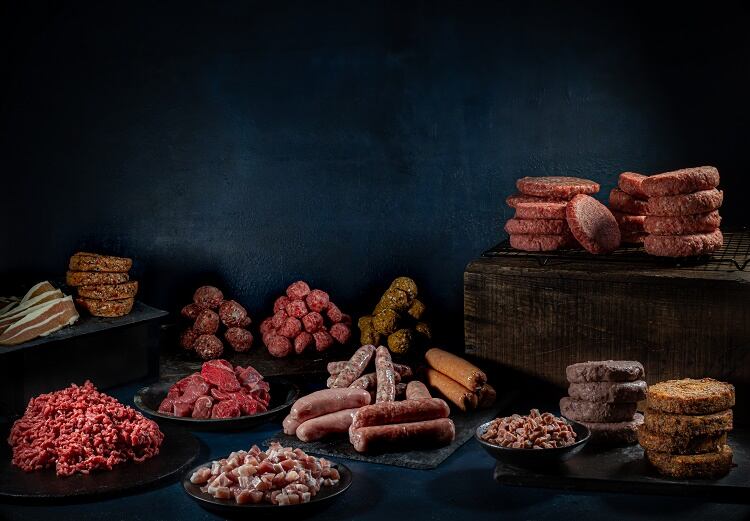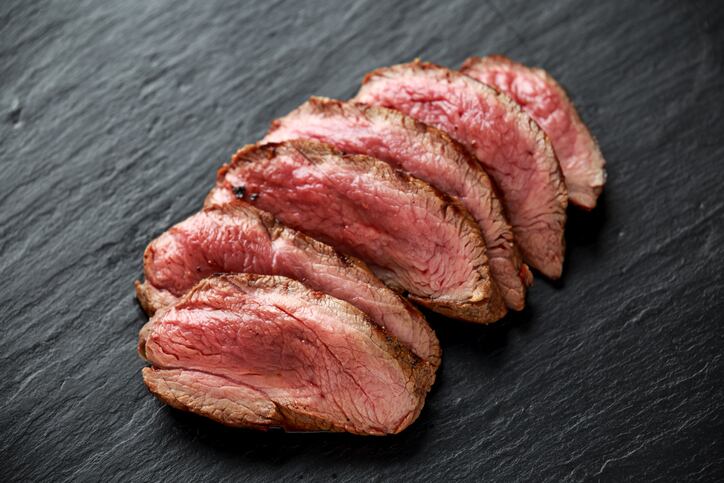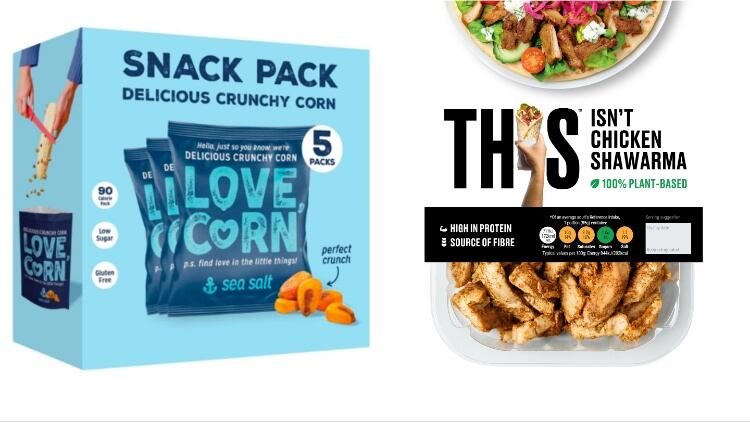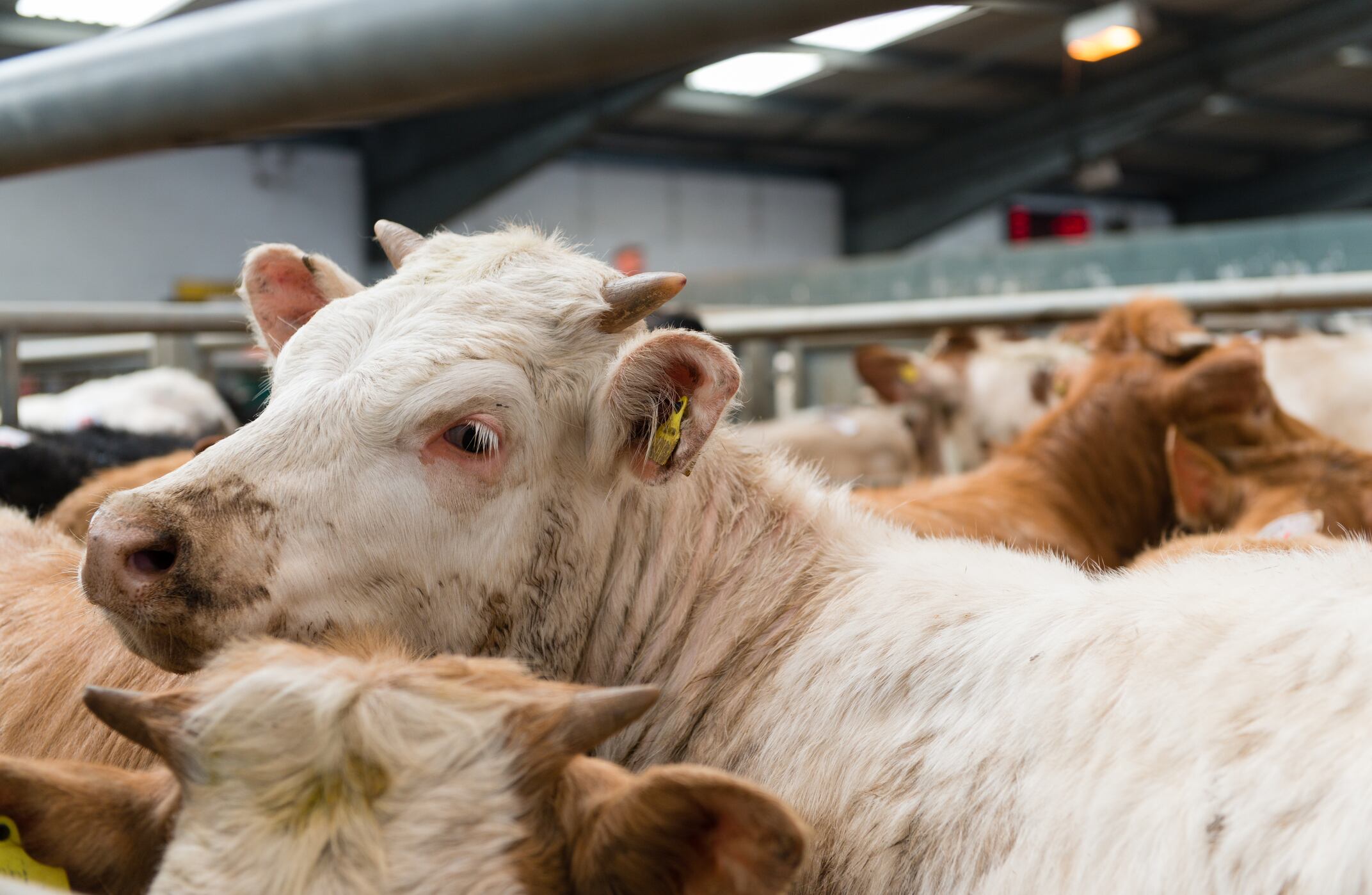The world of pre-prepared and processed meat has been going from strength to strength in recent years.
As Roy Silsby, senior category manager at Pilgrim’s UK, explained: “The UK’s food-to-go market is expected to grow 3.5% to over £23bn in 2024 and aside from the sausage and bacon bap-fuelled breakfast occasion, lunch and snacking also provide key growth opportunities.”
Sausages has been one of the categories that has seen consistent growth since the outbreak of COVID-19 into the current cost-of-living crisis being experienced worldwide – up 13.3% in the past year – thanks to their relatively low cost versus other proteins, as well as their versatility for multiple meal occasions.
“Our humble Scotch egg continues to enjoy a renaissance (+9.4% YoY), with growth particularly fuelled by the premium tier (+21.4% ) where we’re more likely to find interestingly flavoured variants, as well as our increasingly-featured Soft-set Scotch Egg,” Silsby continued.
“But it’s not just Scotch Eggs providing shoppers with their protein fix, as we continue to see a rise in a host of meat snacking products, particularly those that take the trouble to call out ‘high-protein’ on pack.”
Silsby drew attention to the success of breaded chicken poppers – sometimes called popcorn chicken – which saw growth of 14%, with non-breaded products such as Fridge raiders continuing to grow prominently in both in-home and out-of-home occasions.
Growing demand has allowed for manufacturers to develop these new options in response, sparking a greater innovation within the meat snacking sector.
“Another strong candidate in the on-the-go category is the sandwich, which is by far and away the UK’s most consumed meal at 5.74bn occasions per annum,” Silsby added.
“While retailers continue to try to wow consumers with ever more creative fillings, it is worth noting the Ham & Cheese, Just Ham, and Cheese and Onion have taken up three of the top five places in the UK’s most popular sandwich-filling rankings for decades and continue to do so .
No surprise, then, that the Sliced Cooked Meats market, of which Ham delivers two thirds of sales, continues to grow healthily (+7.6%).”
Food-to-go remains king
Food-to-go remains the lion-share of the eating out market, with 71% spend. Eating out has seen faster growth since the end of COVID-19 related lockdowns, but the cost-of-living crisis is really starting to take its toll on consumers’ wallets.
“Previously, shoppers were looking to treat themselves during lockdown, but this is now giving way to looking for value alternatives,” said Kepak head of convenience Ross Davison. “This is a huge opportunity for retailers if they can fill the gap with quality food-to-go options at a cheaper price than QSRs.
Automate your processing and packaging requirements with Reiser

Reduce labour costs and preparation time by automating your meat and poultry production with the perfect duo of Vemag HP1 and Seydelmann K60 MC Ultra Cutter.
From cutting, mixing, portioning, linking, and forming, our Vemag and Seydelmann solutions will help you create premium meat and poultry products.
Our Reiser meat specialists are available to provide expert advice by demonstrating simple attachment changes for various product applications including poultry, burgers, sausages, mince, meatballs and more.
In addition, Reiser can support customers with first class packaging solutions. For an example, our Supervac vacuum chamber packaging machines help create a shrink process from above, below and the side, resulting with a quality product appearance. Our Variovac thermoformers with the Rapid Air System technology help maintain pack integrity and extend product shelf life.
Contact us to arrange a site visit or to organize a product trial at our dedicated customer centre in Milton Keynes.
“Within food to go, retail remains the driver of growth with the multiples seeing the highest growth (+32.6%). Workplace and vending are at 16.1%, discounters at 14.2% and convenience at 12%.”
Take-away foods, cold sandwiches and burgers represent one third of all food-to-go sales. Burgers have seen growth driven across convenience stores, forecourts and workplace/vending. Meanwhile hot sandwiches continue to perform well, seeing double-digit growth .
“Within food-to-go takeaway, cold sandwiches and burgers dominate, with combined sales of £5.5bn representing one third of all food-to-go sales,” Davison added. “Burgers rank as the 3rd biggest category worth £1.3bn and continues to rebound with +9.0% year-on-year growth. Meanwhile, hot sandwiches continue to see +13.0% year-on-year growth.”
Making every penny count
Of course, the biggest driver for the meat sector has been the current cost-of-living crisis, with families seeking the stretch their food budgets without sacrificing nutrition or quality. The same can be said for those of us in the industry as we seek to source cost-effective ingredients as inflation and other geopolitical crises push up the price of raw materials.
Rupert Ashby, chief executive of the British frozen Food Federation will be the first to point out the affordability of frozen meat and poultry products – no big surprise there. Consumers get a meal that is nutritious and convenient at a reduced cost to something made fresh.
But while the monetary cost of a frozen meal has a limited impact on our wallets, questions have been raised over the cost to the planet regarding the industry’s energy consumption required to freeze, transport and store frozen goods.
One of the major factors driving up energy consumption is the standardised temperature frozen goods need to be stored at of -18°C. This outdated standard was set in stone more than 100 years ago and new research has proven that food can still remain safe at higher temperatures – Nomad foods being a leader in these investigations.
“The results indicate that storing frozen goods at -15°C, slightly above the industry standard of -18°C, can reduce freezer energy consumption by a significant 10-11%,” said Ashby. “This temperature adjustment presents an opportunity to enhance sustainability performance across the frozen food sector, without compromising the product safety, texture, taste or nutritional quality of meat and poultry products.
“We recognise that manufacturers may have concerns about product viability, among other factors. However, we aim to bring together retailers, customers, FMCG, white goods manufacturers and trade bodies in a collaborative effort to foster meaningful change.
“By working together, we can drive progress towards a more sustainable and efficient approach to frozen food storage, benefiting both consumers and businesses alike.”
Food safety vs helping the environment
Public perception of plastic packaging has convinced consumers that anything wrapped in it is inherently damaging to the environment and a clear signal for them to stay away from a product.
Naturally, ready-to-eat meat products need to be keep in airtight containers and packaging to ensure they remain safe to eat and undamaged in transit. After all, food waste has a much larger environmental impact than plastic waste – every kilogram of wasted food produces the same amount of greenhouse gases as 25k 500ml plastic bottles sent to landfill.
“While meeting consumer and retailer needs for reduced plastic in packaging is important, this must be balanced with concerns such as shelf-life optimization and food waste reduction,” said GPI new business sales director Lauren Hutchinson.
“The primary role of food packaging is to protect and help preserve it through the supply chain. Cutting plastic out of a pack’s design can be counter-productive if its performance is negatively affected – a particular concern for many processed and ready-to-eat meat applications, where a barrier is essential.”
For processed meat products, there are options for manufacturers wishing to cut down on the amount of plastic their products are packaged in. Paperboard trays have increasingly become the number one alternative to plastic, with Graphic Packaging International’s (GPI’s) PaperSeal making a name for itself in this area in particular.
According to the packaging manufacturer, paperboard can reduce the packaging in meat products by 90%. And for manufacturers worried about the cost of replacing machinery to cater for paperboard, GPI made assurances that they work with existing machinery without having to make any modifications.
“This flexibility also means paperboard solutions can be adapted for a wide range of chilled and ready-to-eat meat applications,” Hutchinson continued. “PaperSeal Shape is a paperboard tray designed to offer round or multi-compartment trays, while still offering the plastic reduction and performance benefits of the PaperSeal range.
“Consumer and retailer demands are rarely static for long, and they will continue to evolve over time. As an adaptable, high-performance, and recyclable solution, paperboard trays will continue to offer a compelling option for meat processors and packers.”
In other news, Tesco pre-tax profit nears £2.3bn after 160% year-on-year increase.




